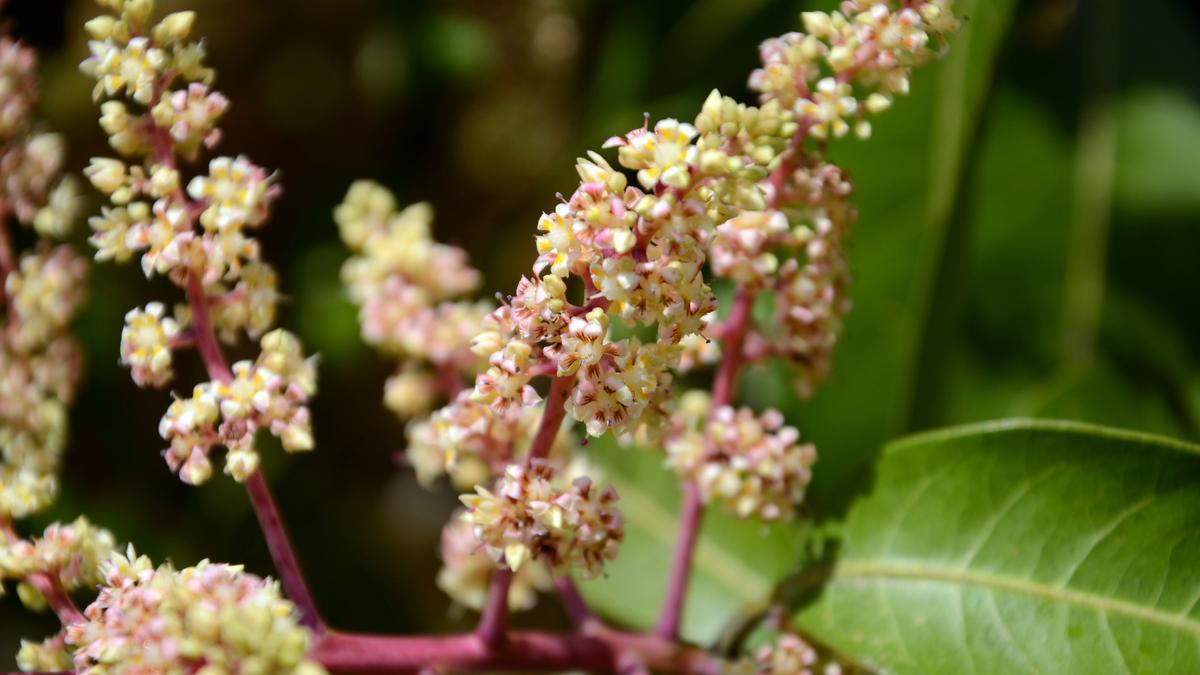
Pollen in pee: fossilised urine from a small African mammal helps us understand past environments Premium
The Hindu
Fossilised urine from a small African mammal helps us understand past environments
If you are allergic to pollen, you are likely to curse the existence of these microscopic particles. You’re not alone: up to 30% of the world’s population suffers from hay fever, which is often driven by pollen allergies. Shifting global climates are likely to push that figure even higher.
However, pollen represents one of the most powerful tools to uncover the nature of past environmental change.
I am the head of the Palaeoecology Laboratory at Nelson Mandela University in South Africa. My research focuses on unravelling the secrets of ancient environments and ecosystems by examining fossil pollen grains. These tiny time capsules hold a wealth of information about the earth’s past. They help scientists to reconstruct ecosystems, track climate change and understand the evolution of plant life.
But it can be difficult to source pollen deposits in arid regions. That’s because such deposits are often found in large lakes, which are in short supply in southern Africa. That’s where an unlikely scientific ally enters the picture: the fossilised urine of a small mammal, the rock hyrax (South Africans call them “dassies”).
Also Read | Meet the scientists giving a surprising new purpose to pollen
Pollen grains are incredibly durable because they are made of an organic substance (called sporopollenin) that is very resistant to decay. Pollen is released into the air, often in large quantities, and can settle on surfaces like lakes, and become preserved in sediment deposits over thousands, or even millions, of years.
In the lab, we examine the pollen found in these deposits using a microscope. By identifying the different types of pollen grains found within the different layers (representing different time slices) we can reconstruct the area’s vegetation history. Plants grow under specific climatic conditions: for instance, desert plants can grow under low rainfall conditions whereas forest plants need high amounts of rainfall. So we can make inferences about the climate at the time that the pollen was incorporated into the deposit.

We know birds, animals and insects constantly communicate with each other by making certain sounds. But when we think about plants, we do not ever think of them communicating. Charles Darwin, an eminent biologist, thought otherwise. Plants might appear the quiet, silent and solitary type of organisms but they have a complex way of communicating which is interesting and important for their survival.

Podcasts have become our best friends, especially during the Covid-19 pandemic. Whether you are cooking, sketching or going on an evening walk, there is a show that matches your mood. From horror tales to informative conversations to just two friends talking about anything & everything relatable, podcasts have become a part of our lives unknowingly. Over the years, more voices have joined this audio landscape and filled it with stories that resonate with our lives. Podcasts serve as a reminder that everyone has a story worth telling and listening to!









